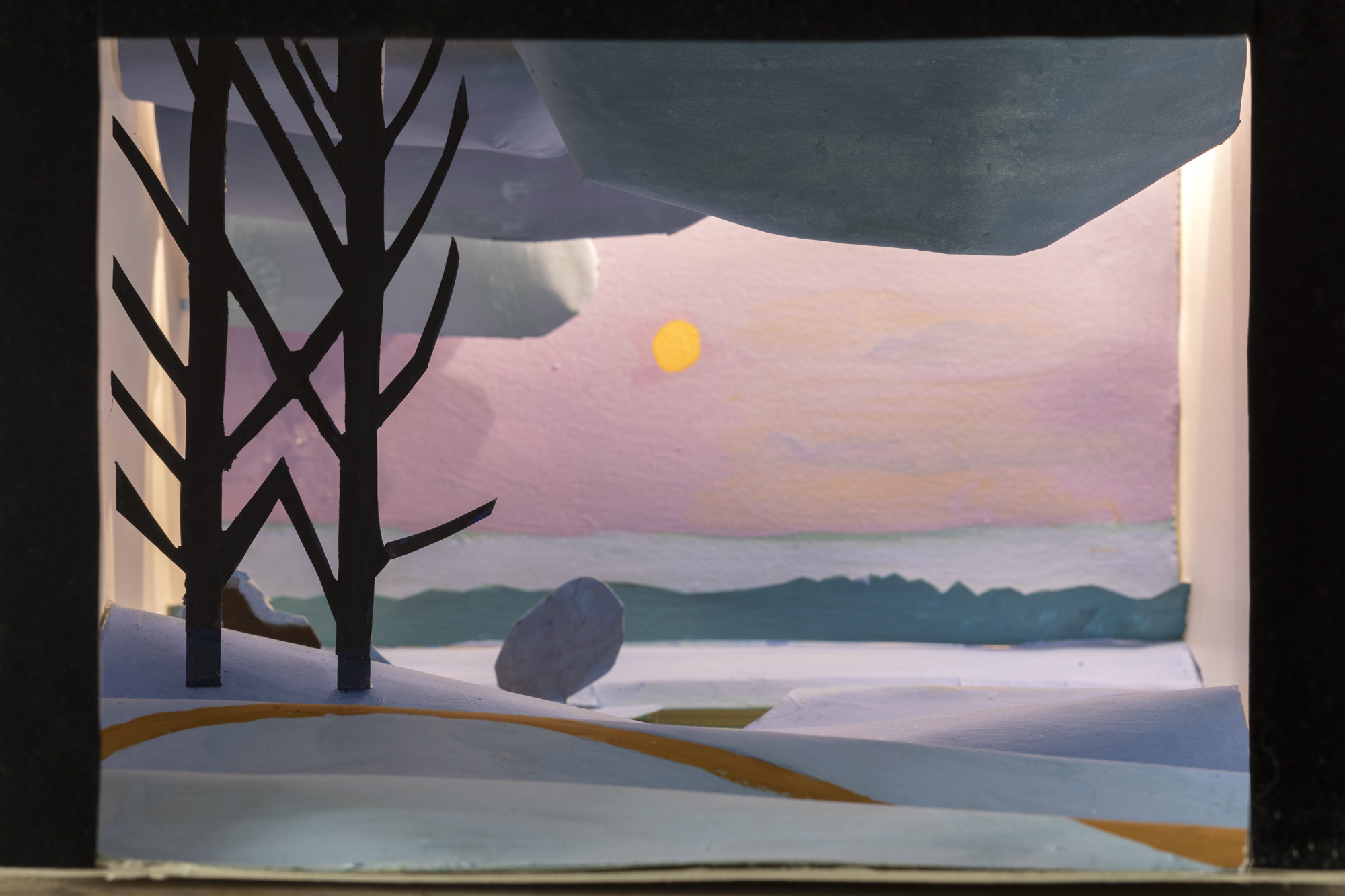A lecture by art historian and philologist Pauline Yermakova
How can a landscape painted almost 200 years ago inspire a modern artist? What tradition does Natalya Zubarova follow? What rules does she break when she turns to the work of a 19th-century serf painter? And what is the secret of the Russian landscape as a genre?
We will talk about this and many other things with the art historian, philologist and publisher Pauline Yermakova, author and editor of many books on art and museums.
Yermakova is a post-graduate of the Department of Theory and History of Foreign Literature at St. Petersburg State University, and a MA graduate of the Faculty of History of Arts at European University at St. Petersburg. She worked in publishing at the State Hermitage Museum and the Fabergé Museum in Saint Petersburg.
Tuesday, April 4th, 7:30 pm...
Read more 